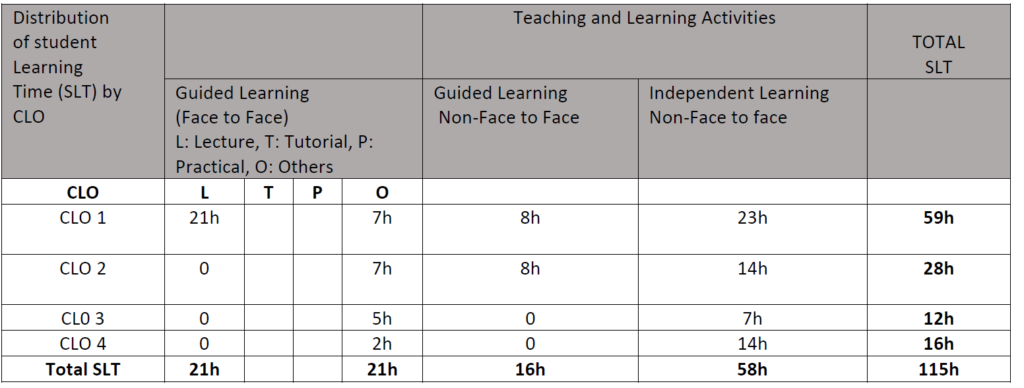MEEP1543 Perdana JB/Pesisir KL
Join WA Group for Advanced HVT Class 2024 Class
Join WA Group for Advanced HV Class 2022 Pesisir KL
COURSE INFORMATION
| School/Faculty: | Electrical Engineering/Engineering |
| Program name: | Masters of Engineering (Electrical Power) |
| Course code: | MKEP 1543 |
| Course name: | Advanced High Voltage Technology |
| Credit hours: | 3 |
| Pre/co requisite: | Nil |
| Course synopsis: | This course introduces students to a number of advanced topics in high voltage technology. Emphasis will be on the detailed application of electric field analysis, partial discharge measurements, insulation coordination design, ZnO surge arrester application, and GIS condition monitoring. In addition, the course covers application of optical techniques in high voltage environment and application of pulsed power technologies. At the end of the course student should be able to critically design an insulation coordination for a given substation, as well as to apply application software (QuickField) to analyse and solve high voltage problems. |
| Course coordinator | Prof. Dr. Zulkurnain Abdul Malek P06-101 (UTM JB) zulkurnain@utm.my |
Mapping of the Course Learning Outcomes (CLO) to the Programme Learning Outcomes (PLO), Teaching & Learning (T&L) methods and Assessment methods:
| No. | Course_Learning_Outcomes (CLO) | PLO (Code) | Taxon./ Generic Skills | T&L methods | Assessment methods |
| CLO1 | Evaluate the electric field analysis, partial discharge measurements, insulation coordination and ZnO arrester designs, and GIS monitoring. | PLO1 (KW) | C5 | Lecture, active learning | T, F |
| CLO2 | Design sub-station’s insulation coordination and lightning protection arresters. | PLO2 (CG) | C6 | Lecture, active learning | T, F |
| CLO3 | Plan selected analytical methods and simulations to perform electric and magnetic field studies | PLO3 (DS) | C6 | Project-based learning | PRR, Pr |
| CLO4 | Communicate, and express knowledge and ideas effectively in oral and written presentations. | PLO5 (CS) | CS3 | Project-based learning | PRR, Pr |
Details on Innovative T&L practices:
| Active learning | Conducted through in-class activities |
| Project-based learning | Conducted through design assignments. Students in a group of 2 are given 1 design project that require solutions involving the design calculations and verification using QuickField. Compliance to the design specifications need to be given in the form of written reports. |
Weekly Schedule:
Transferable skills (generic skills learned in course of study which can be useful and utilised in other settings):
- Team working
- Written communication
Student learning time (SLT) details:


Assessment Samples
Sample Test 1
Sample Test 2
Sample Final Exam Paper
Special requirement to deliver the course (e.g: software, nursery, computer lab, simulation room):
- Access to computers with QuickField
Learning resources:
Main references
- Advances in High Voltage Engineering. Edited by A. Haddad and D.F. Warne. (2004), The Institution of Electrical Engineers.
- IEC 60071 (Parts 1 to 3) Insulation Coordination
Additional references
- Electrical Insulation in Power Systems. N.H. Malik, A.A. Al-Arainy, M.I. Qureshi (1997). CRC Press.
- High Voltage Engineering, M.S. Naidu and V. Kamaraju (2004), McGraw-Hill
- High Voltage Engineering: Theory and Practice, M. Khalifa (1990), Marcel Dekker
- High Voltage Engineering: Fundamentals. E. Kuffel, W.S. Zaengl and J. Kuffel (2000). Newnes-Elsevier.
Online
Academic honesty and plagiarism:
Assignments are individual tasks and NOT group activities (UNLESS EXPLICITLY INDICATED AS GROUP ACTIVITIES)
Copying of work (texts, simulation results etc.) from other students/groups or from other sources is not allowed. Brief quotations are allowed and then only if indicated as such. Existing texts should be reformulated with your own words used to explain what you have read. It is not acceptable to retype existing texts and just acknowledge the source as a reference. Be warned: students who submit copied work will obtain a mark of zero for the assignment and disciplinary steps may be taken by the Faculty. It is also unacceptable to do somebody else’s work, to lend your work to them or to make your work available to them to copy.
Disclaimer:
All teaching and learning materials associated with this course are for personal use only. The materials are intended for educational purposes only. Reproduction of the materials in any form for any purposes other than what it is intended for is prohibited.
While every effort has been made to ensure the accuracy of the information supplied herein, Universiti Teknologi Malaysia cannot be held responsible for any errors or omissions.
